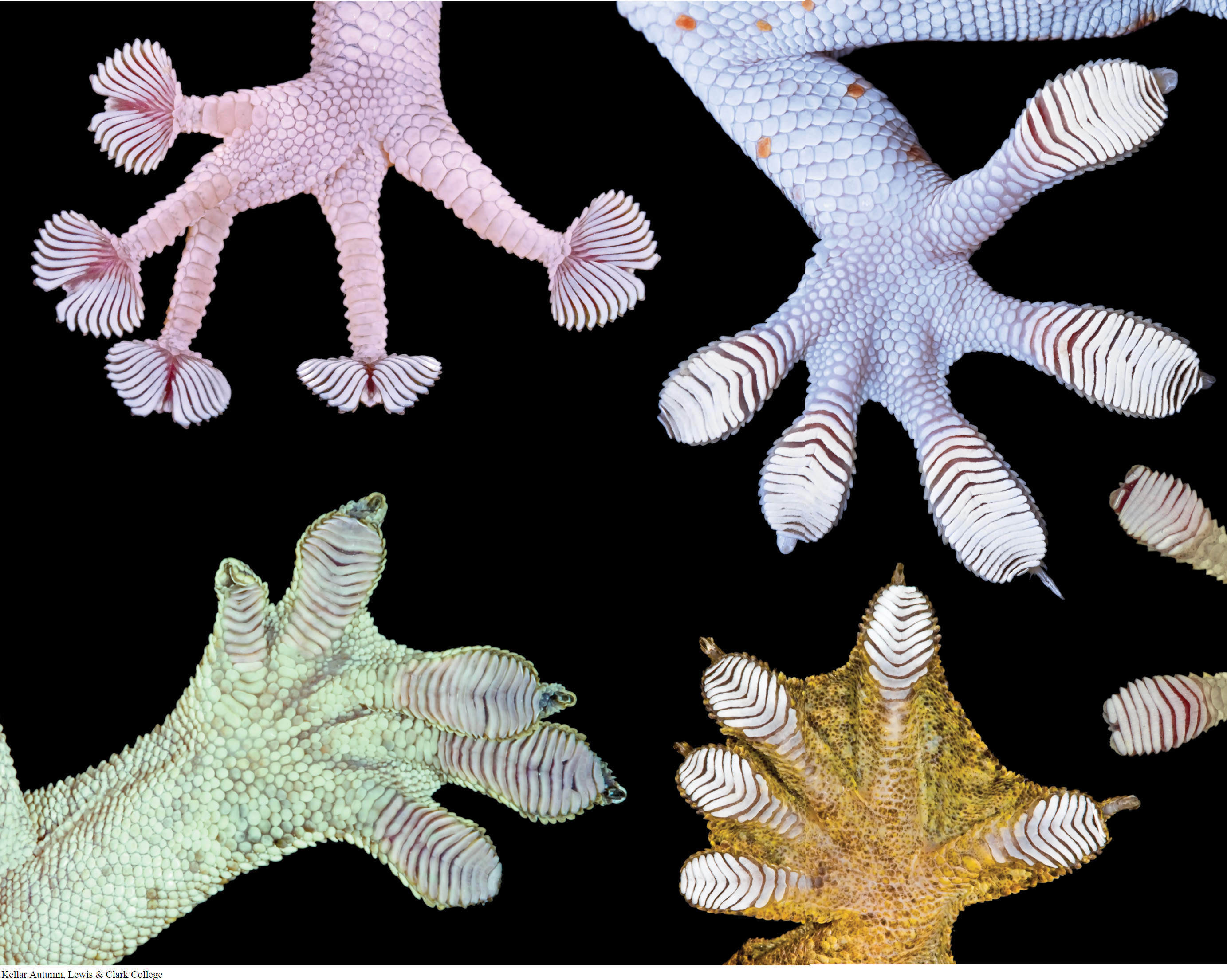10
The Origin and Diversification of Life on Earth
UNDERSTANDING BIODIVERSITY
404

405
Life on earth most likely originated from non-
- 10.1 Complex organic molecules arise in non-
living environments. - 10.2 Cells and self-
replicating systems evolved together to create the first life. - 10.3 This is how we do it: Could life have originated in ice, rather than in a “warm little pond”?
Species are the basic units of biodiversity.
- 10.4 What is a species?
- 10.5 How do we name species?
- 10.6 Species are not always easily defined.
- 10.7 How do new species arise?
Evolutionary trees help us conceptualize and categorize biodiversity.
- 10.8 The history of life can be imagined as a tree.
- 10.9 Evolutionary trees show ancestor-
descendant relationships. - 10.10 Similar structures don’t always reveal common ancestry.
Macroevolution gives rise to great diversity.
- 10.11 Macroevolution is evolution above the species level.
- 10.12 The pace of evolution is not constant.
- 10.13 Adaptive radiations are times of extreme diversification.
- 10.14 There have been several mass extinctions on earth.
An overview of the diversity of life on earth: organisms are divided into three domains.
- 10.15 All living organisms are classified into one of three groups.
- 10.16 The bacteria domain has tremendous biological diversity.
- 10.17 The archaea domain includes many species living in extreme environments.
- 10.18 The eukarya domain consists of four kingdoms: plants, animals, fungi, and protists.
406